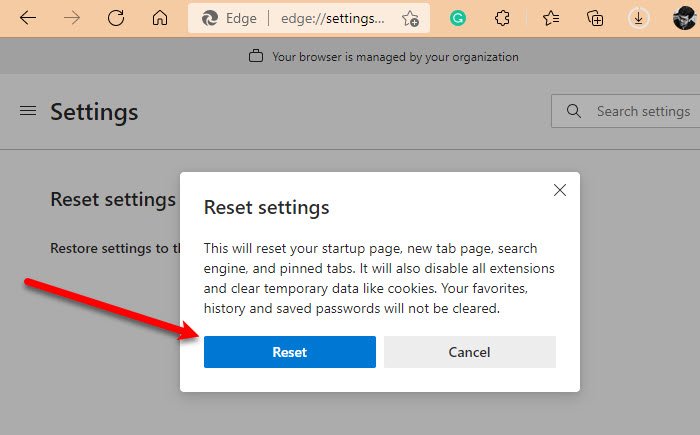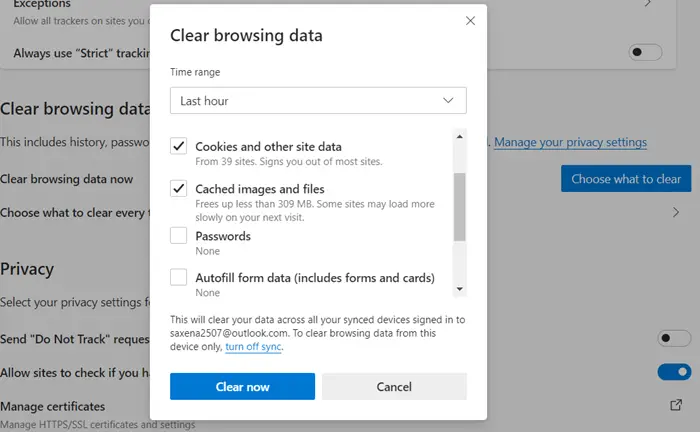


So the first thing you need to do is type the following code in the address bar to launch the advanced flags screen: edge://flags All you need to do is turn to a dedicated flag that lets you do the whole thing. Of course, this is just a temporary workaround until Microsoft manages to get the scrolling feature right, so you can revert the changes once this happens.ĭisabling the Edge Legacy scrolling behavior in the Chromium successor is possible. This is most likely related to our ongoing work to bring scrolling back to parity with Edge Legacy’s behavior, so if this behavior is undesirable, you can temporarily turn it off,” Microsoft says.ĭisabling the new scrolling system means you’ll just have to stick with the standard Chromium scrolling, but given the new one experiences issues, this is most likely the better way to go. Note that this only affects certain websites and seems to be worse on certain devices. “Some users are seeing “wobbling” behavior when scrolling using trackpad gestures or touchscreens, where scrolling in one dimension also causes the page to subtly scroll back and forth in the other. This only happens on some sites, it says, and while a fix is in the works, you can very well disable the experimental scrolling to bring things back to normal. Ore specifically, scrolling on trackpads or touchscreens in the latest Edge Dev doesn’t work exactly as expected, and Microsoft describes it as a wobbling effect.

In the meantime, as Microsoft works on bringing the old scrolling to the new browser, certain things could be broken down, and this is the case of the latest version of Edge Dev that introduces such a bug. Of course, this means that other Chromium browsers could benefit from the improved scrolling as well, including Google Chrome, but that’s a completely different story, Everything was super smooth and fluid, and Microsoft wants the same experience to come to the Chromium browser as well. One of them is the scrolling, which as many Windows 10 know already, was absolutely amazing in the legacy version of Microsoft Edge. Back in 2019 when Microsoft announced that it would rebuild Microsoft Edge browser based on the Chromium engine, the company also promised it would retain the look and feel of the original version of the browser that was bundled with Windows 10 since 2015.Īnd while most of Edge Legacy has already moved to the Chromium-based successor, the transition is still under way, with some features still under development to work exactly as they did in the previous version of the browser.


 0 kommentar(er)
0 kommentar(er)
